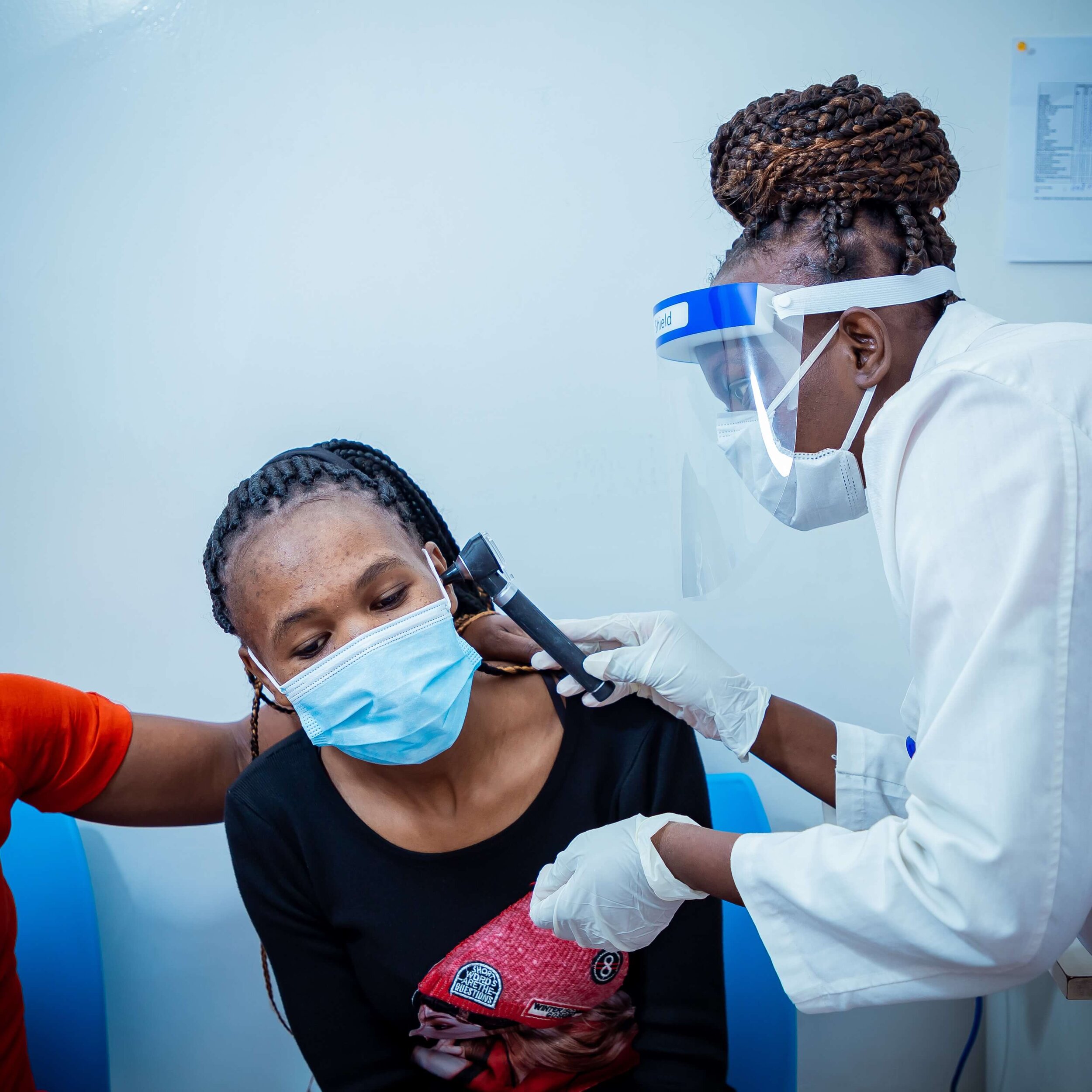High quality primary care delivers better outcomes for lower costs – why is it so hard to achieve?
By Rob Korom, Chief Medical Officer, Penda Health
A friend of mine recently suffered from a blocked ear. He went to a locally renowned Ear, Nose and Throat (ENT) specialist. After taking a quick history of the complaint and looking in the ear, the diagnosis was impacted cerumen, a fancy term for ear wax. Within ten minutes, the ear wax was gently flushed out with warm water and his hearing was completely restored. The total bill for the ENT was 8000 KSH (80 USD) for the consultation and the flushing procedure.
This is a common pattern in Nairobi: problems that could easily be dealt with at the primary care level are often treated in advanced specialist offices.
For the wealthy, this is only somewhat inconvenient and expensive. But for those with more limited income to spend on healthcare for their family, the consequences are much more serious. When your monthly income is 30,000 KSH, it’s simply not feasible to spend 8000 KSH to flush wax out of your ear. So instead, many suffer with problems that should be easily addressed in a primary care setting at a fraction of the cost.
Please note this is not a criticism of specialists – rather, when specialists treat problems that ought to be addressed in the primary care setting, it is a poor use of two scarce resources: the patient’s (or insurer’s) money and the specialist’s time. I want the specialist to be available for the patient with the ruptured eardrum, rather than flushing wax out of someone’s ear.
So what is the disconnect? Why aren’t we more effective at meeting people’s basic health needs in a primary care setting? The short answer is that being excellent at primary care is really hard.
To do it well, you must solve three challenging problems. I want to explain a bit about Penda’s approach to each of them:
Primary care must be convenient and accessible.
Primary care must be available to people near where they live and work, at times that are convenient for them. Penda’s expansion over the last few years now places every Nairobian within one matatu ride of a Penda Medical Centre. In addition, we are open at least 12 hours a day, 7 days a week, and five of our branches are open 24 hours a day. They never close so that we can be available for those who work odd hours, and for families who experience emergencies overnight. Although you can make an appointment to see a clinician at Penda, 99% of our patients are walk-ins, and our average total visit time (including waiting time, lab, pharmacy, and billing) is under one hour.
Primary care must have a positive patient experience based on trust.
If you visit any of our 22 medical centres around Nairobi, it will become clear to you within moments of entering that great patient experience is just as important to us as providing high-quality medical care. When we recruit new Penda staff, the first thing we look for is whether they will put patients first. Our branches are filled with clinicians, receptionists, lab techs, pharmacy techs, and cleaners who genuinely care about the patients we serve and often live in the communities where they work.
The end result? Our Net Promoter Score, a common customer satisfaction metric, was 63% in January 2021, compared to a Kenya healthcare industry average of -5%. Patients love coming to Penda. And ample evidence suggests that when patients have a great health care experience, they are more likely to stick with their treatment plan, more likely to feel better faster, and more likely to come back for re-assessment if things aren’t improving as expected. We see all of these benefits adding up for our patients.
Primary care must have an evidence-based approach to dealing with a huge breadth of medical problems.
Our clinicians vaccinate babies, treat malaria, stitch wounds, evaluate injuries, and manage chronic illnesses. Until recently, it was next to impossible to provide guideline-based care for the hundreds of different conditions that are commonly encountered in primary care.
We are at a very special moment in the digital health journey which allows an organization like Penda Health to deliver evidence-based recommendations to our clinicians at the point of care across hundreds of common primary care conditions. That clinical decision support, coupled with advanced data analytics, allows us to consistently deliver the highest quality primary care experience to tens of thousands of patients every month – and to refer them to specialists when necessary. At the beginning of 2021, more than 50% of visits at Penda were supported by point-of-care decision support in our Electronic Medical Record. This year, we’ve set an aspirational goal to have more than 90% of visits at Penda supported with electronic decision support and to have greater than 90% adherence to evidence-based treatment guidelines. I believe if we can achieve this goal, we will be at the forefront of delivering outstanding primary care in accordance with national guidelines.
The power of high-quality, tech-enabled, patient-centred primary health care is evident – certainly to the patients themselves, but also to the community, insurers, and the health system as a whole. Penda is overcoming the very difficult problems in executing this vision by combining a people-centred approach with world-class technology, and the results are incredible!

